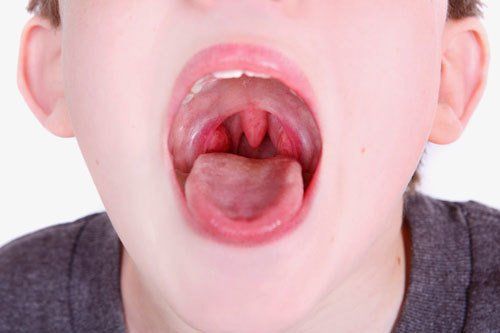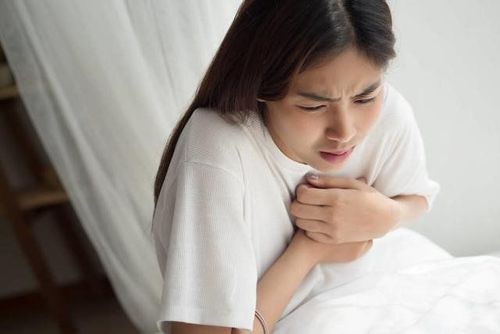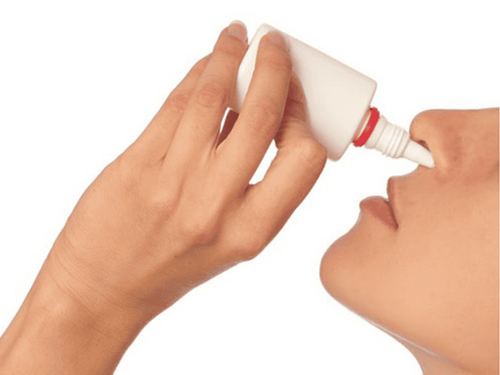This is an automatically translated article.
The article is professionally consulted by Master, Doctor Nguyen Huy Nhat - Department of Medical Examination & Internal Medicine - Vinmec International General Hospital Da Nang.When the season changes, the weather and air humidity change erratically, making the body unable to adapt in time. This is a favorable environment for viruses and bacteria that cause respiratory diseases to be active, so this is the time of outbreaks of many respiratory diseases, especially those with weak immune systems such as children. and the elderly.
Common respiratory diseases at the change of seasons such as: colds, nasopharyngitis, pharyngitis, bronchitis, pneumonia and chronic diseases that are easy to recur such as: bronchial asthma, bronchiectasis, obstructive pulmonary disease chronic (COPD)... will have exacerbations and then worsen when favorable conditions are met.
1. Why are respiratory diseases common at the change of seasons?
Climate change at the time of season change causes the temperature to fluctuate erratically, from hot to cold and from sunny to rainy in a day. When temperature fluctuations happen quickly, your immune system is weakened. In addition, cold viruses are easier to grow and spread in cold, humid climates. The respiratory tract is a place where many pathogens easily enter when we breathe. Therefore, symptoms such as cough and sore throat are very common when the weather changes. Viruses that cause respiratory illnesses such as the flu virus thrive more easily in cold weather than in hot weather. The air is prone to stagnation and poor circulation because in the cold season people tend to move less on the street but stay indoors, closing the doors to prevent cold air from entering. This is a favorable factor that makes microbial agents, if present in the air, more likely to multiply. In the cold season, the days are short and the nights are long, and the number of hours of sunlight in the day also decreases. Especially in the northern provinces, there are many days without seeing the sun. Ultraviolet sunlight is a very important agent to destroy microbial agents. In winter, less sunlight is another reason for microorganisms to multiply more easily.2. Some common diseases at the change of seasons
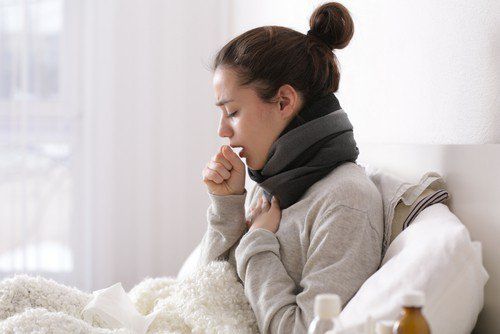
There are now many respiratory pathogens that can be passed from person to person by inhaling droplets from an infected person when they cough or sneeze or by touching their nose, mouth or eyes after contact. contact with someone who has a respiratory infection or touch a surface that has the virus on it.
Causes of respiratory infections are usually bacteria or viruses. Bacterial respiratory infections can be treated with antibiotics, but viruses cannot be treated with antibiotics, although antiviral drugs may be used in some cases. For patients with chronic respiratory infections, doctors based on the symptoms that the patient is having to diagnose and treat.
Typical diseases in the group of respiratory infections such as: common cold, pneumonia, chronic sinusitis, chronic bronchitis, rhinitis, strep throat and influenza.
2.2 Asthma The time when kids go back to school is also peak virus season, this is especially true if your child has asthma, which can be aggravated by the changing seasons. According to experts, the time of season change from autumn to winter is the worst time for children with asthma because they are exposed to many respiratory viruses. Asthma often flares up in late August and September for two main reasons:
Viral infections have a high prevalence in the community, especially during autumn and winter. Children return to school and are in close proximity to other students with the virus. During the change of seasons, children with asthma can suffer from different allergies, depending on the pollination and bloom of different flowers and grasses. Allergic reactions or combinations with other environmental factors such as viruses, indoor and outdoor pollution... can all trigger an asthma attack.
3. Prevention of respiratory diseases when the weather changes
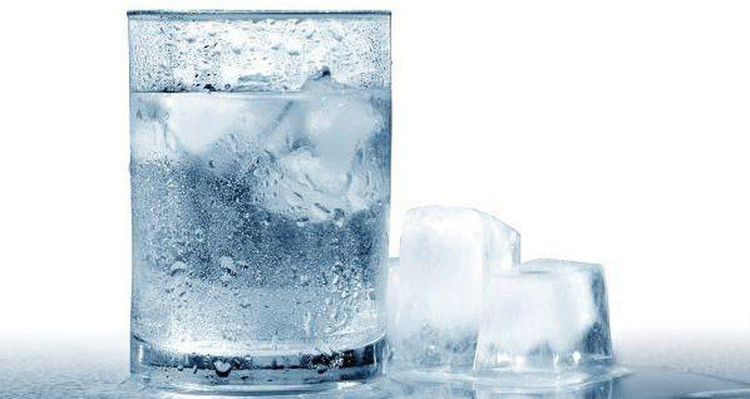
Keep your body warm when it's cold, especially your neck, chest, and soles of your feet; Take a bath with warm water in an airtight room. After bathing, you must dry your body thoroughly and then put on clean clothes; Avoid fans, air conditioners, avoid staying up late. Eating and exercising in moderation. Hygiene of throat and mouth such as brushing teeth after eating, before and after waking up; Do not smoke, avoid drinking cold, iced water. Increase green vegetables and drink more fruit juices; Currently, many people still have the habit of buying drugs on their own, including antibiotics to treat respiratory diseases. More dangerously, many people still use old prescriptions without a doctor's prescription, which is very dangerous. This leads to an increase in the ability of bacteria to become resistant to antibiotics in the community, making it difficult for those who are unlucky to get the disease. Therefore, when there are symptoms of the disease, the patient is not allowed to use antibiotics on his own, but must go to the doctor and get a prescription from the doctor. This can both prevent the disease from progressing and cause complications, and at the same time avoid spreading your disease to those around you. Influenza vaccination at the beginning of the cold season, pneumococcal vaccination for at-risk subjects helps to increase the body's general resistance, to prevent the risk of respiratory diseases and, if infected, to be milder, for a shorter period of time. less hospital stays.

Please dial HOTLINE for more information or register for an appointment HERE. Download MyVinmec app to make appointments faster and to manage your bookings easily.
References: Nationaljewish.org and Health.clevelandclinic.org





